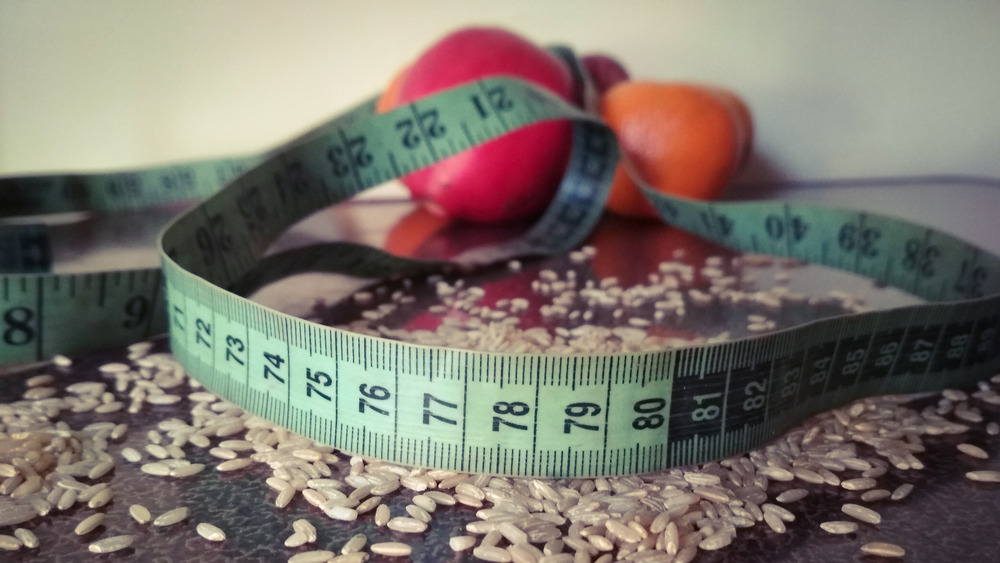Noom Vs. Weight Watchers: Which One Is Better For You?
If you're looking for some support in your journey to healthy living or weight loss, you've likely spent hours looking through all the different diet options available now. Noom and Weight Watchers (now best known as WW) are two commonly cited tools for weight loss, and both focus on a sustainable healthy lifestyle rather than a crash diet. But which one will get you the best results? It depends on your preferences when it comes to eating, your current lifestyle, and the parts of a diet that you normally struggle with.
Noom is the newer of the two, and rather than focusing entirely on a specific diet, it uses cognitive behavioral therapy to try to shift all your daily habits to be healthier. That means it takes things like sleep, stress, and exercise into account, in addition to providing a way to log food and find nutrition information and tips for healthy eating. Instead of focusing on calorie-counting, Noom organizes foods into three categories: green, yellow, and red. Eating "green" foods like vegetables, fruit, and non-fat dairy is the goal, while "red" foods like donuts should be minimized, but are allowed within the framework (via Verywell Fit).
While it's more expensive than WW — roughly $59 versus $13 per month for WW's base plan — that's largely because with Noom, you have access to a health coach that helps get you started and keeps you accountable to your personal goals (via Verywell Fit).
What about Weight Watchers?
WW relies on a points-based system for counting your food, rather than looking at calories, macronutrients, or serving sizes. This makes for relatively simple tallying, especially now that the app helps you quickly log food as well as sleep and activity, while also providing content like recipes. These updates make it a more holistic approach than earlier iterations that just had participants logging foods in a notebook. New users are also given an assessment and receive diet recommendations based on their answers, so it's more personalized than the former method of eating anything you wanted, as long as you stuck to a daily points goal (via WeightWatchers).
The real benefit of WW, though, is the community dynamic, both online and in real life. The in-person workshops and groups are the backbone of WW, and these events help people stay accountable to their goals. WW also advocates for slow, steady weight loss — only half-a-pound to two pounds per week — and urges members to avoid crash diets (via Healthline).
Like Noom, no food is off limits with WW. A slice of pizza might carry a higher point score than a healthier option, but you can still eat it without falling off the diet wagon, as long as you log it, and make sure that your other choices that day keep you in your range.


